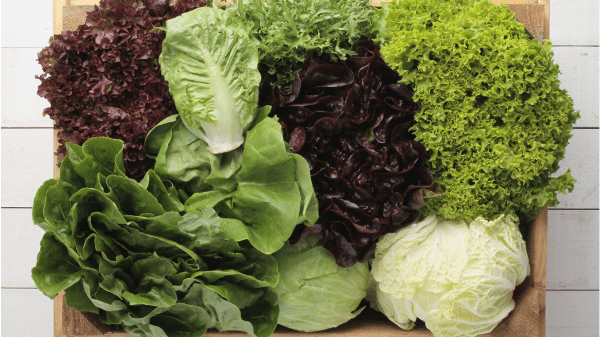I’ve come across this fascinating and well-written piece on leafy greens from Epicurious. Although it’s a couple of years old, it’s extremely useful.
I’ve never seen a clearer or more concise account of the different types of lettuce. The section on romaine made me nostalgic for a Caesar salad made in the old way—with anchovies and a beaten raw egg.
The last time I had this version, regrettably, was in an Oklahoma City steakhouse in 1989. The waiter prepared it at tableside. The raw egg, of course, makes this recipe taboo today.


And although I’ve never really thought of endive and cress as lettuce per se, it’s useful to have the information at hand. It also reminds me that unfortunately, it’s been a while since I’ve enjoyed either one.
It would be useful for consumers to have this article handy on the smartphone as they’re strolling through the produce aisles.
Of course, it would be equally useful to have similar articles at hand while one is at the meat or cheese counter. But who’s that organized?
A more realistic solution would be to have a QR code on every item that would link someone instantly to this information. On wrapped goods, it could be on the wrapper. Or it could be on a little tag wrapped around, say, a bunch of watercress.
Divine Flavor BB #:204689 is implementing a similar concept in its new Product Heroes campaign.
Although the Divine Flavor program is highlighting nutritional advantages, it would be easy to include recipe ideas and serving suggestions—say something like what’s in the Epicurious article.
Otherwise, a lot of people will have trouble deciding whether to buy the oakleaf, mesclun, or mâche.



